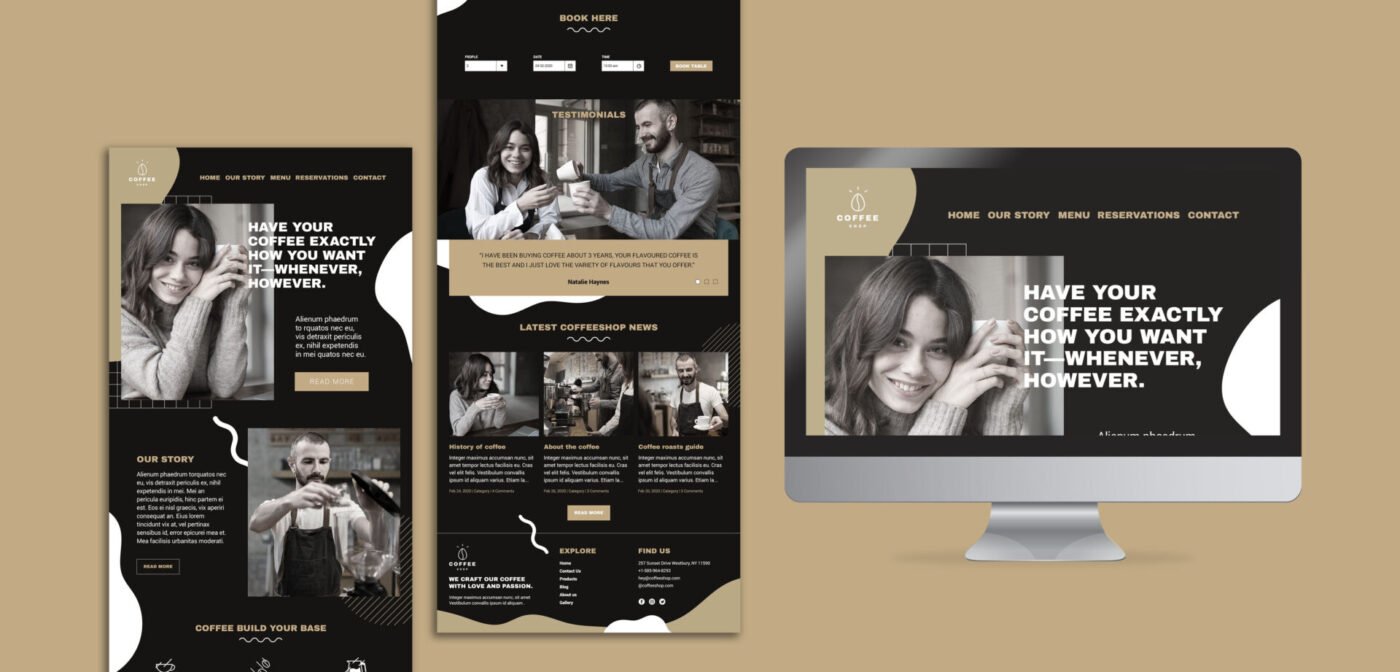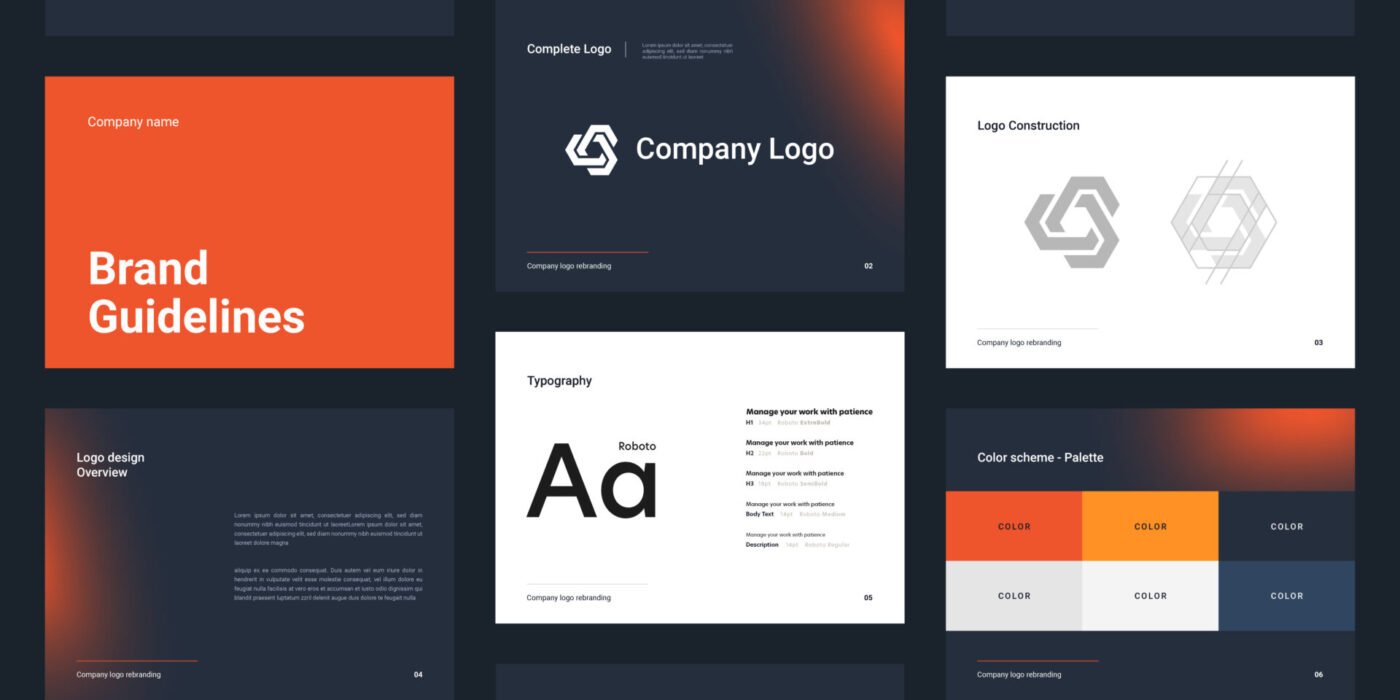Curious about how to start a web design business? It may appear difficult, but the experience is truly fulfilling. The path from a skilled designer to a successful business owner requires mastering more than just creative tools. This guide will walk you through eight essential steps, providing a clear and actionable roadmap to build a professional and thriving business from the ground up.
Key Takeaways
- The key to starting a web design business is to target a specific market segment, attract the right clients, and drive long-term growth.
- Build a strong brand, craft a smart marketing plan, and set up a legal structure to establish a professional web design business.
- Deliver exceptional client experiences through clear communication, effective project management, and strong relationships for happy clients and referrals.
8 Steps on How to Start a Small Web Design Business on Your Own
Whether you’re a freelancer looking to scale up or a designer ready to strike out on your own, this guide will walk you through eight essential steps to build a professional and successful web design business.
1. Research and Define Your Niche
Before you can build anything, let alone learn how to start a web design business, you need a solid foundation built on strategic market research. Instead of aiming to be a generalist in a crowded field, this initial step helps you identify a unique niche where you can specialize. Start by understanding your target audience and the market gaps, then you’ll be able to position yourself as an expert and attract the right clients from day one.
According to a report by the US Small Business Administration, businesses that focus on a specific market segment are more likely to achieve higher customer satisfaction and growth.
Tips: Identify your ideal client. What industry are they in? What are their pain points? What specific problem are your competitors not solving? Answering these questions will help you tailor your services and messaging.
Also Read : How to Build an Interactive Website in 10 Steps
2. Build a Professional Portfolio

Design portfolio example / Source: freepik, Freepik
Your portfolio is your most powerful marketing tool. It’s a visual resume that showcases your skills and aesthetic. It should be easy to navigate, visually appealing, and highlight your accomplishments. As the AIGA, the professional association for design, states, a well-curated portfolio is essential for communicating your value as a designer.
Tips: If you’re just starting, you can create a few “mock” projects for fictional clients or volunteer to design a website for a non-profit. Once you have a few projects, host your portfolio on a dedicated platform like Behance or Dribbble to gain exposure.
3. Determine Your Services and Pricing
A crucial step in how to start a web design business is defining what you’ll offer and for how much. Your services could range from basic website design to full-stack development, e-commerce integration, and ongoing maintenance.
When it comes to pricing, consider factors like your experience, the project’s complexity, and your target market’s budget. Understanding your worth and structuring your pricing strategically is key to profitability and client trust.
Tips: Offer different packages (e.g., “Basic,” “Standard,” and “Premium”) to cater to a wider range of clients. You can also offer à la carte services like website audits or one-time redesigns.
Also Read : 11 Interactive Website Examples That Inspire Creativity
4. Create a Strong Brand Identity

Brand manual design example / Source: Freepik, Freepik
Your business needs a brand just as much as your clients do. This includes your business name, logo, color palette, and overall visual identity. A robust brand allows you to differentiate yourself in a competitive marketplace. Your brand image ought to embody your design aesthetic. If your designs are modern and clean, your brand should be too.
Tips: First, define your brand purpose and the clients it serves. From that foundation, you can then establish a consistent brand voice and visual identity. To ensure this consistency, create a simple style guide that outlines your logo, color palette, and typography.
5. Develop a Marketing Strategy
When considering how to start a web design business, developing a solid marketing strategy is the engine of any successful venture. Your plan should go beyond simply attracting clients and focus on building a sustainable pipeline of leads. This involves a mix of strategic tactics, from targeted content creation and email marketing to building a strong professional network that consistently brings in new opportunities.
Tips: Create valuable content on your website or LinkedIn to build authority and attract organic traffic. You can optimize for local SEO to get noticed by businesses in your area and build a referral network with other professionals for a steady stream of warm leads.
6. Set Up Your Legal and Financial Structure
Deciding on your business structure (sole proprietorship, LLC, etc.) is crucial for liability and tax purposes. You’ll also need to set up a separate business bank account and track your income and expenses carefully.
Tip: Consider consulting with an accountant or a legal professional to ensure you’re compliant with all local, state, and federal regulations.
7. Master Client Communication and Project Management

Communication among three people / Source: Pexels, Mikhail Nilov
Mastering client communication and project management is the foundation of a successful web design business. A clear and consistent flow of information is what builds trust and keeps a project on track. To achieve this, it’s essential to use dedicated tools like Trello, Asana, or a simple project tracker to effectively manage timelines, deliverables, and feedback.
Tip: To ensure a smooth process from the very start, define a clear onboarding process. This includes an initial consultation, a formal proposal, a contract, and a detailed project timeline. A well-defined process like this sets clear expectations and builds trust with your client from day one.
Also Read : What Makes a Good Website? 10 Essential Elements for Success
8. Build Strong Relationships and Ask for Testimonials
Your first client isn’t just a one-time project; they’re a potential referral source and a future repeat customer. Go above and beyond to deliver exceptional work. Once the project is complete, ask for a testimonial or a review.
Tip: Always secure written permission from clients before using their testimonials. Once you have their explicit consent, display their review prominently on your website and social media. For added credibility, include their name and company with the quote.
Also Read : Web Design Footer Best Practices with 10 examples
Ready to Design Your Own Future?
How to start a web design business takes dedication and strategic planning, but it’s an attainable goal for anyone with the right skills and mindset. How hard is it to start a web design business? Following these eight steps, you can set yourself up for long-term success and enjoy the freedom of being your own boss in an easy way. A crucial element of outstanding design is typography. For designers who want to elevate their work with high-quality fonts for web design projects, explore the diverse collections at Letterara Studio and find the perfect typography to make your projects shine.

